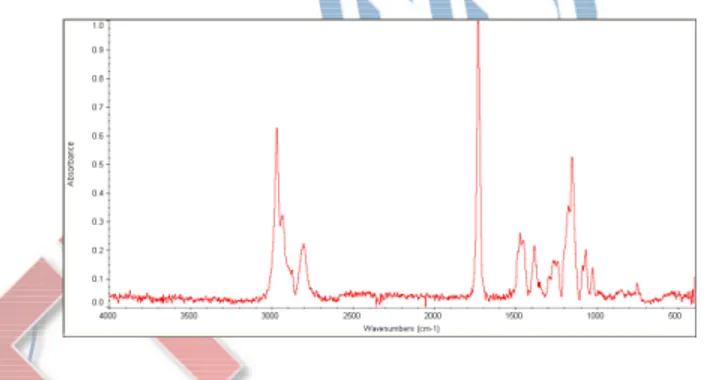Emine Sevgili,1* Burak Mutlu, 2 3 3 4 1 and Mustafa Karaman1
1
Chemical Engineering Department, Selcuk University, Konya 42075, Turkey
2
Chemical Engineering Department, Istanbul Technical U , Turkey
3
Biology Department , Karamanoglu Mehmetbey University , Karaman, 70100, Turkey
4
Chemistry Department , Karamanoglu Mehmetbey University, Karaman,70100, Turkey
Abstract
Microorganisms are in the air we breathe, on our bodies, and over all surfaces that we are in contact. Nutrition supply, sufficient temperature and sufficient moisture content are the conditions necessary for the growth of microorganisms. The human body provides heat, moisture and nutrients which directly contact with the bacteria in clothes. So human body supply the perfect environment for bacterial growth and provide suitable conditions. Antibacterial properties of the surfaces are desirable because many of the microorganisms cause diseases, especially in textiles used in the medical and sanitary fields [1,2]. In this study, hot filament assisted chemical vapor deposition (HFCVD) method was used to create antibacterial polymeric coatings on textile surfaces. HFCVD is a dry process process to produce polymeric thin films [3,4]. The experimental HFCVD system used in this study is shown in Figure 1. The silicon wafer and textile fabric were used as substrates that were placed on a water circulated cooling plate in the vacuum reactor. Before the coating, in order to remove impurities the system was purged with nitrogen. During the coating, monomers DEAEMA (Sigma Aldrich 98%) and EGDMA (98% Sigma Aldrich) and initiator TBPO were vaporised in seperate jars and fed to the reactor. The reactor pressure was controlled using a downstream PID pressure controller. After flowrate and pressure settings, ftungsten filament array over the substrate was heated to desired temperature to start the coating reactions. During the coating process in-situ thickness control was achieved by a laser interferometry system. After each coating FTIR analyses were performed for chemical characterisation of the deposits.
Figure-1:HFCVD Experimental Setup
FTIR analysis of the coatings (Figure 2) confirmed the high retention of the functional tertiary amine groups. Also feeding the crosslinker EGDMA togeher with the monomer resulted in durable and insoluble crosslinked coatings, which is a required property during the final use of textile materials.
Figure 3: p(DEAEMA) of FTIR Analysis
SEM analysis of the fabrics showed that the individual fibers were coated conformally. Therefore the final textile material is breathable which is an important property in terms of both comphort and health. Antibacterial properties of final fabrics is being tested with standart ASTM method. Being a low temperature and solventless process, HFCVD allowed antimicrobial polymeric coatings around fragile textile fibers. HFCVD process can be used to functionalize many other materials of high scientific and engineering interest, especially the ones that are not compatible with solution based processes.
a) before coating b) after coating Figure-3: SEM images before and after coating
[1] Lindemann B., Durable Antimicrobial Effects on Textiles, Melliand, (2000).
[2] T.P.Martin, S.E. Kooi, S.H. Chang, K.L. Sedransk, K.K. Gleason, Initiated Chemical Vapor Deposition of Antimicrobial Polymer Coatings, Biometarials, 28, 909-915 (2007).
[3] T.P. Martin, Kenneth K.S. Kau, K.Chan, Y. Mao, M. Gupta, W. Shannan ughnessy, K.K. Gleason, Initiated Chemical Vapor Deposition of Polymeric Nanocoatings, Surface & Coatings Technology, 201, 9400-9405 (2007).
[4] K.Chan, K.K. Gleason, Initiated Chemical Vapor Deposition of Linear and Cross-linked Poly(2-hydroxyethyl methacrylate) for Use as Thin-Film Hydrogels, Langmuir, 21, 8930-8939 (2005).
